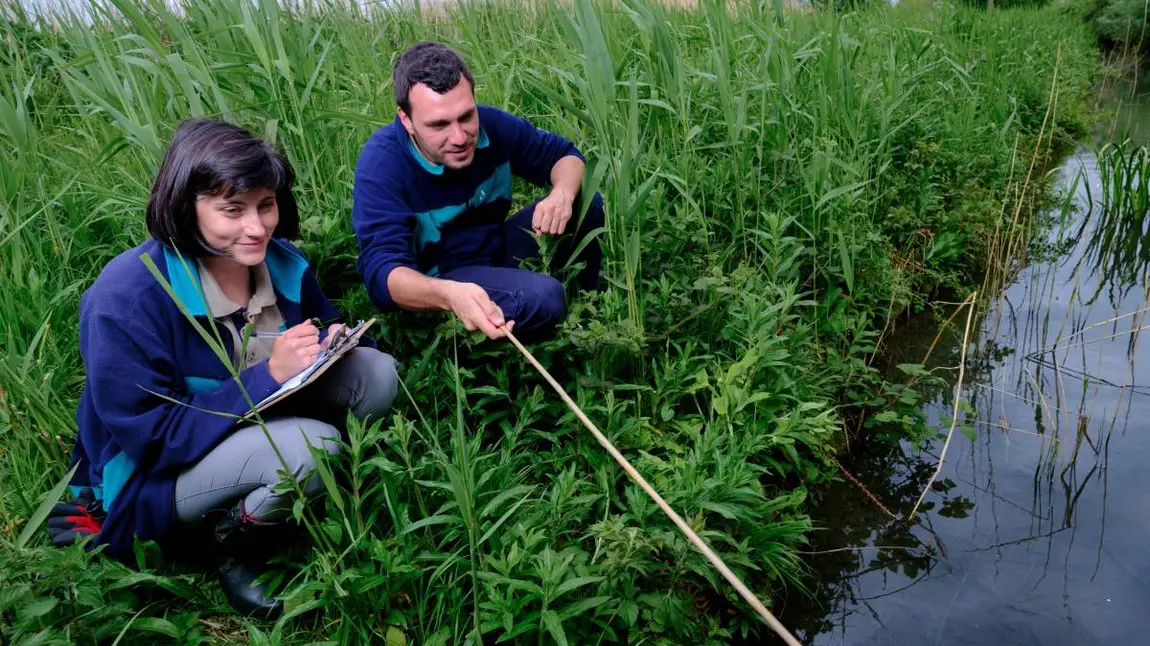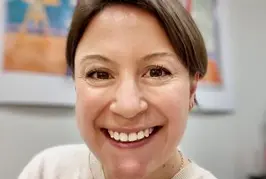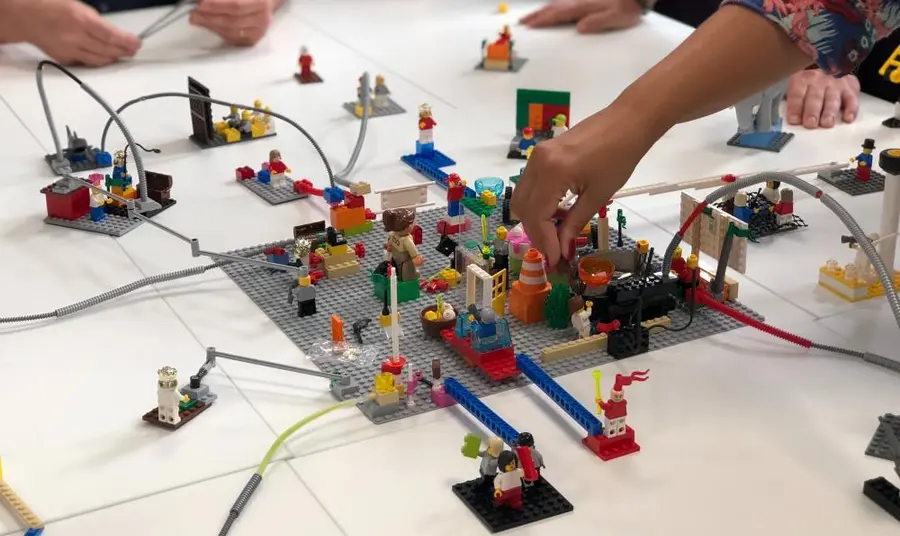Creating space to innovate: celebrating our first cohort of Heritage Innovation Fund explorers

Innovation is not easy. It’s uncomfortable. In fact, when I worked with the Heritage Innovation Fund grantees recently, they described innovation as like “being in a dark room and not knowing which way to turn, looking for that source of light glimmering through a window somewhere”.
Organisations need time to explore
While innovation, almost by definition, requires us to look forward, sometimes it’s also helpful to look back with fresh eyes.
As Brent Woods, Director of Yorkshire and North East Film Archives, said during our final reflection workshop: “For millennia, we’ve shared our heritage by passing down the stories of our past, but we’re all at risk if we don’t also develop the skills of what could be, what the future could look like for our organisations and how we share those stories in a new way, in a changing world. In focusing so closely on safeguarding the past, we haven’t necessarily recognised or built the skills to consider the innovation required to be resilient in this changing world, and to continue to share our stories for many years.”
The Heritage Innovation Fund pilot programme sought to do exactly that, through a combination of financial and learning support. We at The Young Foundation worked with the 35-strong cohort of organisations awarded funding for the first phase, aptly titled ‘explore’.
The points of similarity among such a diverse group of organisations begin to create a web of cross-heritage learnings that boil down to the ever-changing needs of the humans and their relationships at the centre of the workforce.
It takes curiosity and willingness to step into the unknown
Over the past six months, this cohort has thoughtfully addressed some long-standing and persistent workforce challenges, many of which have otherwise been pushed aside by the heavy demands of day-to-day work.
Their projects cover varied ground – from exploring entry routes into film conservation to developing an archaeological mapping platform, and exploring opportunities for young people and volunteers.
Overall, there’s been a great focus on cross-sector collaboration. Their curiosity and willingness to step into the unknown to learn, challenge assumptions, and build innovation muscle has been impressive as we embarked on a shared learning journey, taking a leap together.
The unique experience and expertise of the cohort acted as our guiding star as we worked through a ‘systems thinking’ approach to innovation within the heritage sector (see more below). The Young Foundation’s role was to create a safe environment for the organisations to build on their power, agency and influence within the heritage sector, individually and collectively.
There is power in peer learning
There’s no set curriculum for innovation and each of our cohort members had diverse and diverging needs for their specific challenges. Designing a learning programme became less about the content and more about creating varied spaces for the group to come together. Through a combination of small group breakout sessions, full cohort learning sessions, masterclasses, 1:1 coaching and peer-led learning, the group was able to see the synergies between their work and share resources.
Recognising that individuals need different approaches to learning means offering a flexible space, underpinned by shared community commitments. It means plenty of time for digestion of materials before group discussions and a mix of visual, verbal and written content.
The cohort included wildlife organisations dealing with the same challenges as museums, and arts organisations working alongside horticulture and transport. The points of similarity among such a diverse group of organisations begin to create a web of cross-heritage learnings that boil down to the ever-changing needs of the humans and their relationships at the centre of the workforce.
Ways to approach innovation
Our intrepid explorers have benefitted from several tools and frameworks.
Problem diagnostics
There is great power in seeing challenges from a range of different perspectives and nuance to be found in lifting out components that are messy and laced with uncertainty. That process requires a great deal of collective learning to fully understand the problem.
For example:
| Component | Technical | Adaptive |
|---|---|---|
| problem | clear | requires learning |
| solution | clear | requires learning |
| whose work is it? | experts, authority | stakeholders |
| type of work | efficient | act experimentally |
| timeline | ASAP | longer term |
| expectations | fix problem | make progress |
| attitude | confidence, skill | curiosity |
The iceberg model
‘Systems thinking’ is a way of approaching problems that asks how various elements within a system influence one another. Think of an iceberg, which has only 10% of its total mass above the water. With a workforce challenge, there is similarly a huge amount that sits ‘below the surface’. It’s important to go deeper, past the presenting symptoms, and explore the patterns, structures and ways of thinking that make up the remaining 90% of the workforce challenge.
Serious play
Arts-based research is a fun, effective method in exploring people’s subjective experience. Throughout the ‘explore’ phase of this project, the organisations had to gather evidence via various research methods, such as focus groups and interviews. Encouraging non-verbal imaginative activity – to quite literally draw and build a heritage workforce vision for the future – made way for some lightbulb insights.
More of the innovation approaches The Young Foundation explored with the cohort can be read about via Yorkshire and North East Film Archives’ blog series, Unlocking Innovation.
Moving towards the light to make magic happen
Through this project, we’ve seen heritage changemakers and sector leaders who, through connection and collaboration, have become more confident to face the unknown and embody an innovation culture in their organisations.
The ripples of impact are already appearing and, building on this momentum, 17 of the cohort have been awarded the second phase of funding to develop and test their ideas further.
These people are finding that ‘glimmer of light in the dark room’. That place where innovation starts to get exciting. And the energy that emerges from it – albeit sometimes excruciatingly slowly – is when the magic happens. We look forward to working with them again to achieve that.




